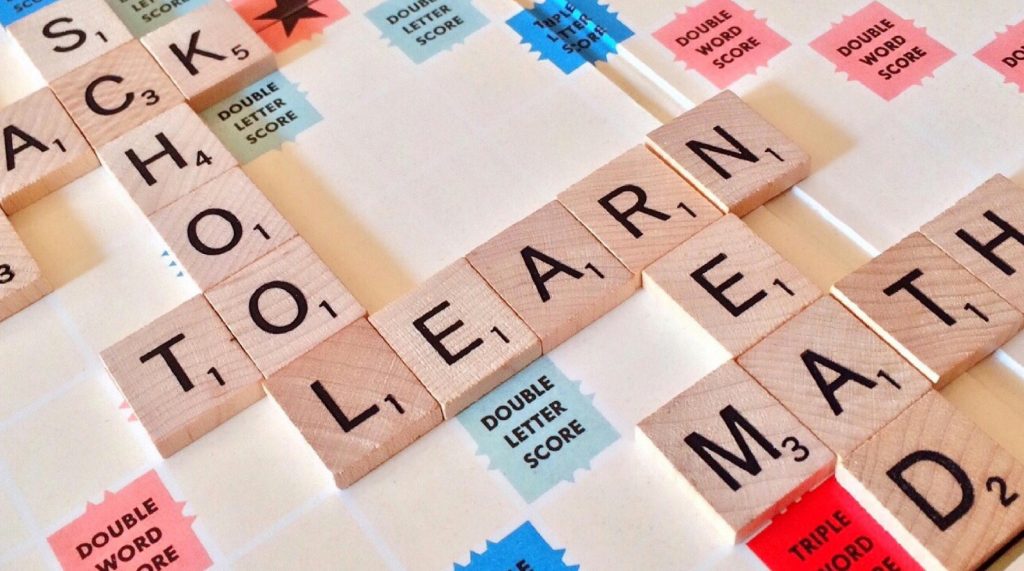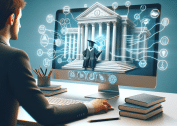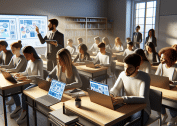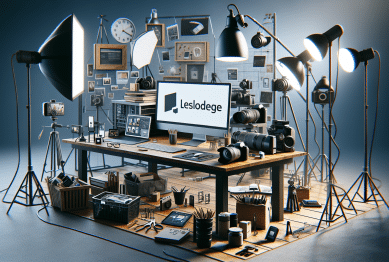Education has transformed dramatically over the past decade, driven by technological advancements, shifting societal needs, and new insights into how people learn. Modern approaches to education aim to equip learners with skills that go beyond traditional memorization and standardized testing. Today, students are expected to think critically, collaborate effectively, and navigate an increasingly digital world. These emerging methods focus on personalization, accessibility, and innovation, marking a departure from conventional classroom models.
As educators, parents, and policymakers adapt to these changes, understanding modern approaches to education becomes essential. This article explores the latest trends, technologies, and methodologies that are shaping the future of learning.

Personalized Learning for Individual Growth
One of the most significant shifts in modern education is the move toward personalized learning. Unlike traditional education, which often follows a one-size-fits-all curriculum, personalized learning adapts to each student’s needs, abilities, and interests.
Key features of personalized learning include:
- Adaptive Learning Software: Platforms such as DreamBox Learning and Khan Academy adjust the difficulty of tasks based on real-time student performance. This ensures learners remain challenged without feeling overwhelmed.
- Individual Learning Plans: Schools increasingly use data-driven assessments to create tailored learning plans, focusing on strengths and addressing weaknesses.
- Self-Paced Learning: Students can progress at their own speed, which encourages deeper understanding and mastery of subjects.
Recent research by the Bill & Melinda Gates Foundation highlights that personalized learning approaches have shown measurable improvements in student engagement and academic outcomes (Bill & Melinda Gates Foundation, 2022).
Blended Learning: Combining Digital and Traditional Methods
Blended learning, which integrates online digital media with traditional classroom methods, has become an essential component of modern education. This approach leverages the benefits of technology while maintaining the human element of in-person instruction.
Advantages of blended learning include:
- Flexible Learning Environments: Students can access materials online at any time, making learning more accessible and adaptable to different schedules.
- Enhanced Collaboration: Digital tools like Google Classroom and Microsoft Teams facilitate communication, group projects, and peer feedback.
- Data-Driven Insights: Teachers can track student progress and adapt lessons based on analytics provided by learning management systems (LMS).
Blended learning has gained significant momentum during the COVID-19 pandemic, proving its value in maintaining educational continuity when in-person classes were disrupted (UNESCO, 2021).
Experiential Learning and Hands-On Approaches
Experiential learning emphasizes learning by doing, allowing students to apply theoretical knowledge in practical contexts. Modern educational institutions increasingly prioritize project-based learning, internships, and maker spaces.
Examples include:
- Project-Based Learning (PBL): Students work on complex, real-world projects, which develop problem-solving, teamwork, and critical-thinking skills.
- Laboratory and Maker Spaces: Hands-on labs and creative spaces give learners opportunities to experiment with STEM concepts, robotics, or design thinking.
- Community Engagement: Programs that integrate local communities allow students to work on service projects, providing practical experience and social awareness.
According to a study published in the Journal of Experiential Education, students involved in experiential learning demonstrate higher engagement and retention rates compared to traditional classroom learners (Eyler, 2020).
Gamification and Game-Based Learning
Gamification introduces game-like elements into education to enhance motivation and engagement. This method uses rewards, progress tracking, and challenges to encourage active participation.
Common strategies include:
- Point Systems and Badges: Students earn recognition for completing tasks or mastering skills.
- Simulation Games: Platforms like SimCityEDU or Minecraft Education Edition allow learners to explore complex systems in an interactive environment.
- Quizzes and Challenges: Game-based assessments can make learning more dynamic and less intimidating.
Research from the International Journal of Educational Technology in Higher Education indicates that gamification increases student motivation and participation, particularly in online learning settings (Hamari et al., 2016).
Social-Emotional Learning (SEL)
Modern education recognizes that academic success is closely linked to emotional and social well-being. Social-emotional learning (SEL) programs aim to develop students’ self-awareness, self-management, social awareness, relationship skills, and responsible decision-making.
Implementation strategies include:
- Mindfulness Practices: Integrating mindfulness exercises in classrooms helps reduce stress and improve focus.
- Collaborative Activities: Group discussions and team projects foster empathy, communication, and conflict resolution.
- Emotional Check-Ins: Regular surveys or reflection journals allow educators to monitor students’ emotional states and provide support when needed.
The Collaborative for Academic, Social, and Emotional Learning (CASEL) emphasizes that SEL improves not only mental health but also academic performance and long-term success (CASEL, 2021).
Artificial Intelligence and Adaptive Technologies
Artificial intelligence (AI) is transforming the educational landscape by providing intelligent tutoring systems, predictive analytics, and automation of administrative tasks.
Applications of AI in modern education:
- AI Tutors: Tools like Squirrel AI and Carnegie Learning provide personalized guidance and adapt lessons based on student responses.
- Predictive Analytics: AI algorithms analyze student performance data to identify at-risk learners and suggest interventions.
- Administrative Efficiency: Automation reduces teacher workload, allowing more time for instruction and student engagement.
According to EdTech Magazine, AI is projected to become a core component of education technology, enabling highly customized learning experiences (EdTech Magazine, 2023).
Lifelong Learning and Micro-Credentials
Education is no longer limited to formal schooling. Lifelong learning encourages individuals to continually develop skills and adapt to a rapidly changing job market. Micro-credentials, online courses, and professional certifications are key components of this trend.
Key aspects include:
- Flexible Online Courses: Platforms like Coursera, Udemy, and LinkedIn Learning allow learners to acquire skills at their own pace.
- Stackable Credentials: Learners can accumulate micro-credentials to demonstrate competency in specific skills.
- Workforce Integration: Employers increasingly value continuous learning and specific skill certifications over traditional degrees.
The World Economic Forum highlights that lifelong learning is essential for career resilience and economic adaptability in the 21st century (World Economic Forum, 2022).
Challenges and Considerations
While modern approaches to education offer numerous benefits, they also present challenges:
- Equity and Access: Not all students have equal access to technology and resources, which can widen the digital divide.
- Teacher Training: Educators need adequate training to integrate technology effectively and employ new pedagogical strategies.
- Assessment Standards: Traditional testing may not capture the full spectrum of skills developed through experiential or gamified learning.
Addressing these challenges requires collaboration among educators, policymakers, and technology providers to ensure equitable and effective learning experiences.
Conclusion
Modern approaches to education emphasize personalization, engagement, and adaptability. From blended learning and gamification to AI-driven tools and social-emotional programs, these trends prioritize skills essential for the 21st century. As education continues to evolve, adopting innovative strategies can enhance student outcomes, foster lifelong learning, and prepare individuals for a dynamic world. By embracing these methods thoughtfully, educators can create environments that not only teach but also inspire and empower learners for long-term success.
References
- Bill & Melinda Gates Foundation. (2022). Personalized Learning: A Guide for Educators. Retrieved from https://www.gatesfoundation.org
- UNESCO. (2021). Education in a Post-COVID World. Retrieved from https://www.unesco.org
- EdTech Magazine. (2023). AI and the Future of Education. Retrieved from https://www.edtechmagazine.com









